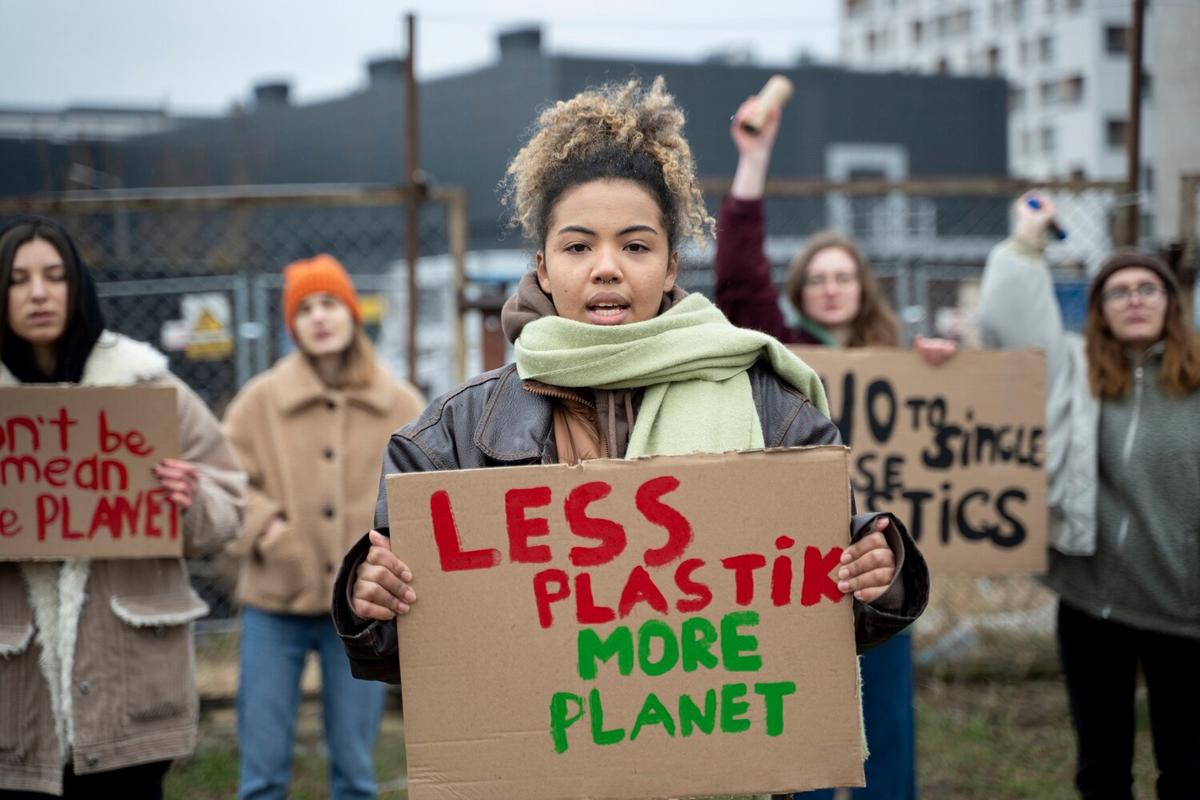The intersection of racial justice and environmental sustainability is emerging as a pivotal area of focus, highlighting the intertwined nature of social equity and ecological health.
Understanding the Intersection
At the core of both racial justice and environmental sustainability is the pursuit of a fair and equitable world. These issues intersect where marginalized communities often bear the brunt of environmental degradation, exacerbating existing inequalities. This concept, often referred to as environmental racism, demonstrates how policies and practices disproportionately impact people of color. According to the U.S. Environmental Protection Agency, these communities are more likely to live near polluting industries and have less access to clean air and water.
Expert Insights
Dr. Robert Bullard, often called the father of environmental justice, emphasizes that environmental sustainability cannot be achieved without addressing racial disparities. He argues, “True sustainability must include social justice, as environmental injustices are just another form of social inequality.” His work highlights the necessity of integrating racial justice into environmental policy making.
Statistics and Research
Research by the Natural Resources Defense Council shows that communities of color are exposed to 38% more polluted air than white communities. Furthermore, a study by the Union of Concerned Scientists found that African American communities face 54% more health risks from air pollution compared to the overall population.
Real-Life Examples
Consider the case of Flint, Michigan, where a predominantly African American community was exposed to toxic lead in their water supply. This crisis underscores the need for equitable environmental practices and policies that protect all communities, regardless of race.
Actionable Steps
- Advocate for policies that address environmental racism.
- Support organizations working at the intersection of racial and environmental justice.
- Educate yourself and others about the impacts of environmental policies on marginalized communities.
Why This Matters
Addressing these intersections is crucial not only for achieving environmental sustainability but also for fostering social cohesion and justice. Ignoring these connections can lead to perpetuating systemic inequalities and undermine efforts to combat climate change.
Table: Environmental Impact Comparison
| Factor | Impact on Marginalized Communities | General Impact |
|---|---|---|
| Air Pollution | Higher exposure and health risks | General respiratory issues |
| Water Quality | Greater risk of contamination | Occasional boil advisories |
| Waste Management | Proximity to landfills and waste sites | Less direct impact |
| Climate Change | Heightened vulnerability to extreme weather | Variable impacts |
| Industrial Zoning | Disproportionate placement in minority areas | Balanced zoning regulations |
| Access to Green Spaces | Limited access | Frequent access |
| Infrastructure Investment | Underinvestment and neglect | Regular updates and maintenance |
| Policy Influence | Lower representation | Higher influence |
Engage with local environmental justice groups to understand the specific challenges faced by marginalized communities in your area.
Frequently Asked Questions
What is environmental racism?
Environmental racism refers to the disproportionate impact of environmental hazards on people of color.
How can individuals help combat environmental racism?
Individuals can support policies promoting equity, educate themselves and others, and engage with local advocacy groups.
Conclusion
As we navigate the challenges of climate change, recognizing and addressing the intersection of racial justice and environmental sustainability becomes imperative. By acknowledging these connections, we can build a more just and sustainable future for all. Join the conversation, advocate for change, and be part of the solution.

Leave a Reply